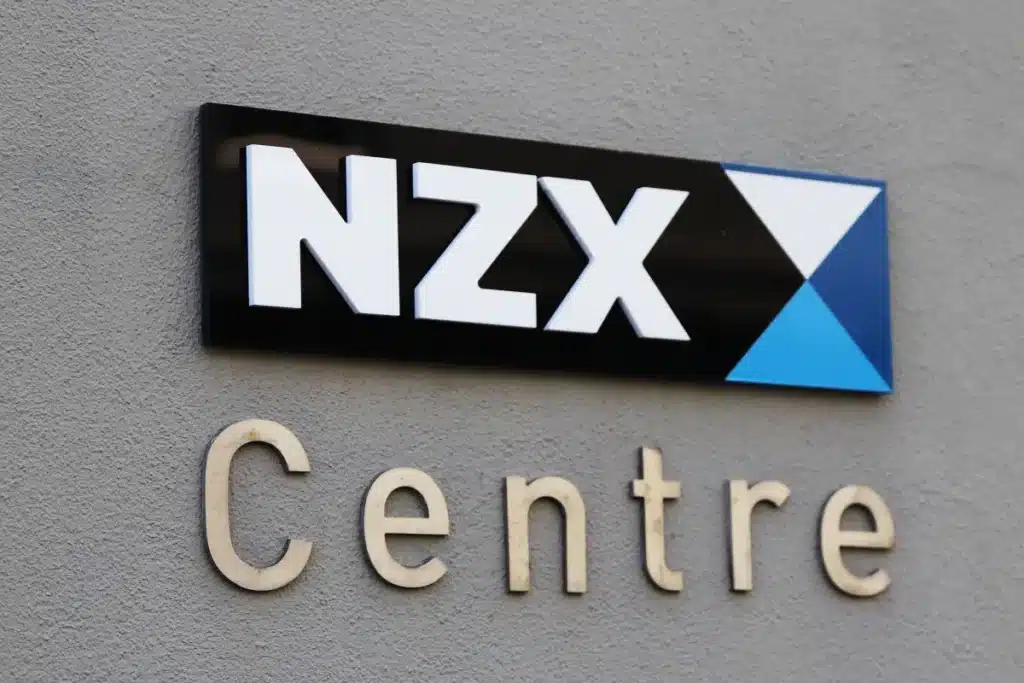Understanding Nvidia’s Growth Trajectory
Nvidia’s growth trajectory has been nothing short of remarkable. The company has consistently delivered strong financial results, driven by its innovative product offerings and its ability to capitalize on emerging trends in the technology sector. From its roots in the gaming industry to its expansion into the data center and automotive markets, Nvidia has demonstrated its ability to adapt and thrive in a rapidly evolving landscape.
Key Factors Influencing Nvidia Stock Performance
Nvidia’s stock performance is influenced by a range of factors, including:
- Technological Advancements: Nvidia’s ability to stay ahead of the curve in terms of technological innovation is a key driver of its stock performance. The company’s investments in research and development have enabled it to maintain its leadership position in the GPU and SoC markets.
- Market Demand: The demand for Nvidia’s products across various industries, such as gaming, data centers, and autonomous vehicles, has a significant impact on its stock price. As the demand for Nvidia’s products increases, so too does the company’s revenue and profitability.
- Competitive Landscape: Nvidia’s ability to maintain its competitive edge in the face of growing competition from other semiconductor companies is crucial to its stock performance. The company’s ability to differentiate its products and stay ahead of its rivals is a key factor in its long-term success.
- Macroeconomic Conditions: Broader economic trends, such as changes in interest rates, inflation, and global trade policies, can also influence Nvidia’s stock performance, as they can impact the overall demand for technology products and services.
The Impact of Stock Splits on Nvidia’s Value
Nvidia has undergone several stock splits in the past, which have had a significant impact on the company’s stock price and overall value. Stock splits are a way for companies to increase the number of outstanding shares while maintaining the same overall market capitalization. This can make the stock more accessible to a wider range of investors, potentially driving up demand and increasing the stock’s value.
Toplist of 5 Competitors to Nvidia Stock
While Nvidia is a dominant player in the semiconductor industry, it faces competition from several other companies. Here are five of Nvidia’s key competitors:
- AMD (Advanced Micro Devices): AMD is a major competitor in the GPU and CPU markets, offering products that compete directly with Nvidia’s offerings.
- Intel Corporation: As one of the largest semiconductor companies in the world, Intel has a significant presence in the GPU and SoC markets, making it a formidable competitor to Nvidia.
- Qualcomm Incorporated: Qualcomm is a leading provider of semiconductor and software solutions for the mobile and automotive industries, competing with Nvidia in areas such as autonomous driving and edge computing.
- Xilinx, Inc.: Xilinx is a manufacturer of programmable logic devices, including field-programmable gate arrays (FPGAs), which compete with Nvidia’s GPU-based solutions in certain applications.
- Broadcom Inc.: Broadcom is a diversified semiconductor company with a strong presence in the data center and networking markets, where it competes with Nvidia’s products.
Analyzing Nvidia Stock Charts and Historical Trends
Examining Nvidia’s stock charts and historical performance can provide valuable insights into the company’s growth trajectory and potential future performance. Over the past decade, Nvidia’s stock has experienced significant growth, with the company’s share price rising from around $10 in 2010 to over $600 in 2021. This impressive performance has been driven by the company’s ability to capitalize on the growing demand for its products across a range of industries.
5 featured stocks index in 2025
Forecasting Nvidia’s Future Stock Performance
Looking ahead, the future performance of Nvidia’s stock is expected to be strong, driven by the company’s continued innovation and its ability to adapt to changing market conditions. Analysts are generally optimistic about Nvidia’s growth prospects, with many forecasting further gains in the company’s share price over the next few years.
Why Nvidia Stock is Experiencing a Decline Today
While Nvidia’s stock has generally been on an upward trajectory, there may be times when the stock experiences a decline. This can be due to a variety of factors, such as:
- Macroeconomic Conditions: Changes in broader economic conditions, such as rising interest rates or concerns about global trade, can lead to a temporary decline in Nvidia’s stock price.
- Competitive Pressures: Increased competition from rivals or the introduction of new products can put pressure on Nvidia’s market share and profitability, leading to a stock price decline.
- Earnings Reporting: If Nvidia’s financial results fall short of investor expectations, the company’s stock price may experience a temporary decline.
- Supply Chain Issues: Disruptions in Nvidia’s supply chain, such as component shortages or manufacturing delays, can negatively impact the company’s ability to meet customer demand, leading to a stock price decline.
Predictions for Nvidia’s Stock Price in the Near Future
Based on the company’s strong growth trajectory, industry-leading position, and the positive outlook for the semiconductor industry, many analysts are bullish on Nvidia’s stock price in the near future. Predictions for Nvidia’s stock price range from continued growth to potential new all-time highs, depending on the company’s ability to maintain its competitive edge and capitalize on emerging trends in the technology sector.
Latest News and Updates on Nvidia Stock
To stay informed about the latest developments related to Nvidia stock, it’s important to follow the company’s news and updates. This includes monitoring Nvidia’s earnings reports, announcements of new products or strategic partnerships, and any industry-wide news that may impact the company’s performance.
Earnings Reports and Their Effect on Nvidia’s Stock Price
Nvidia’s quarterly earnings reports are closely watched by investors, as they provide insight into the company’s financial performance and future outlook. Strong earnings results can lead to a positive stock price reaction, while disappointing earnings can result in a decline in the stock’s value. Analyzing Nvidia’s earnings reports and the market’s response can help investors better understand the factors influencing the company’s stock price.
After-Hours Trading and Its Impact on Nvidia Stock
After-hours trading, which occurs outside of regular market hours, can also have a significant impact on Nvidia’s stock price. Investors and traders may react to news or events that occur after the market closes, leading to price fluctuations in Nvidia’s stock during the after-hours session. Monitoring Nvidia’s stock price movements during after-hours trading can provide valuable insights into the market’s sentiment and expectations for the company.
The Potential and Outlook for Nvidia Stock Growth
In conclusion, Nvidia’s stock represents a compelling investment opportunity for those seeking exposure to the growing semiconductor industry. The company’s innovative products, strong market position, and promising growth trajectory make it a stock worth considering. By understanding the key factors influencing Nvidia’s performance, analyzing its historical trends, and staying informed about the latest news and updates, investors can make informed decisions about investing in Nvidia stock.
To learn more about investing in Nvidia stock and staying up-to-date on the latest developments, subscribe to our newsletter. Our expert analysts will provide you with in-depth insights, market analysis, and investment strategies to help you make informed decisions about your Nvidia stock investments.





































